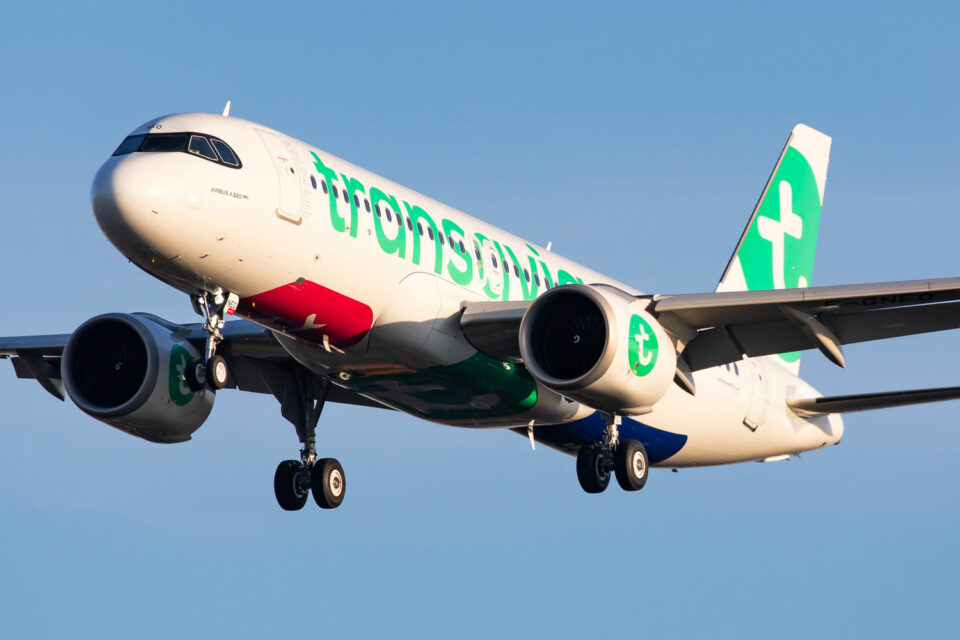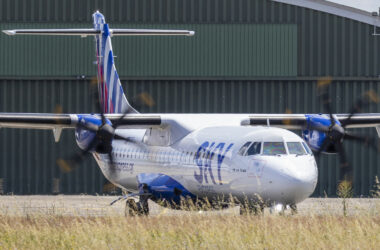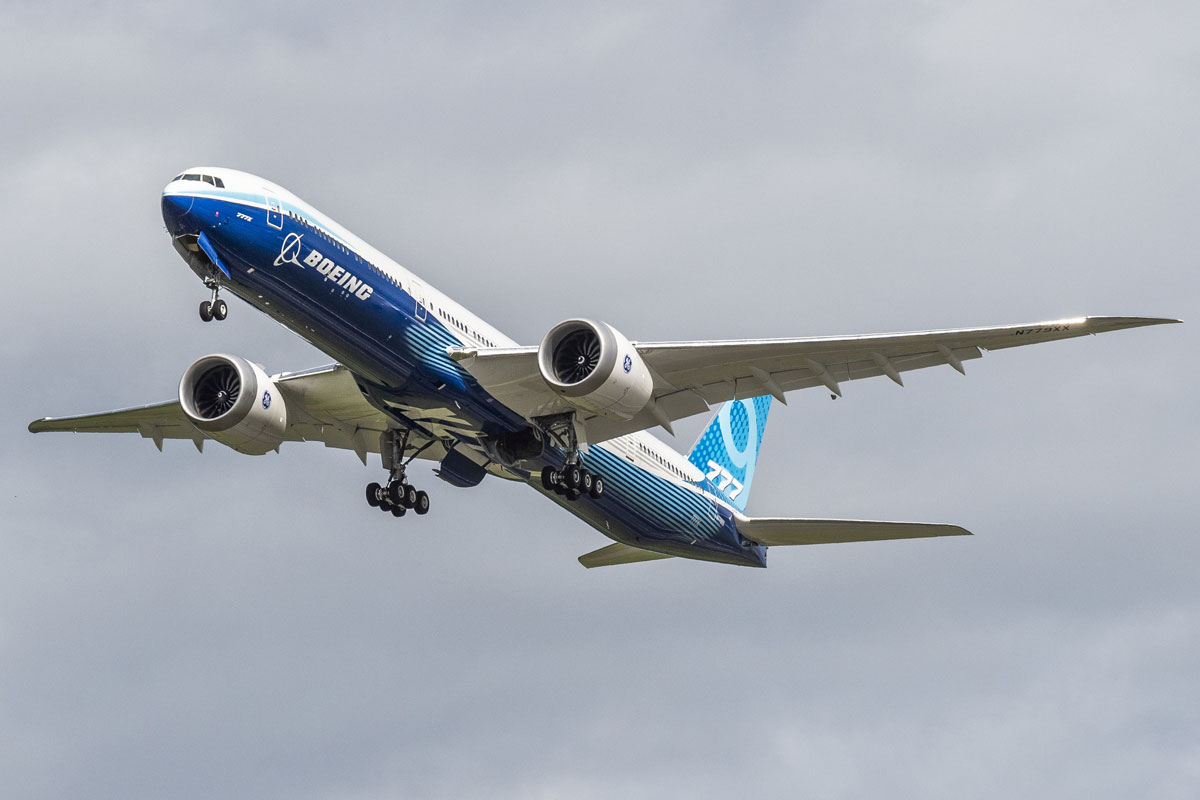Airbus is still well behind Boeing in the number of commercial jets delivered after all, the US company debuted in the segment in 1958 while its European rival’s first plane arrived on the market in 1974, or 16 years later.
But in recent times, Airbus has outperformed Boeing year after year and, if nothing changes, the Toulouse-based company could become the largest commercial jet manufacturer in history.
Follow Air Data News: WhatsApp | Google News | Instagram | LinkedIn | Twitter | Facebook
For now, the difference is huge: while Airbus reached almost 15,500 aircraft delivered in May 2024, Boeing has just surpassed the mark of 25,000 jets delivered.
See below which are the most delivered jets by Airbus to date:
1st A320 – 6,745 aircraft delivered*
The A320, the company’s first narrowbody, hit the market in 1987 and has since turned Airbus into a troublesome manufacturer for Boeing. The sum of the original A320 and the new A320neo already reached 6,745 units delivered until last May.

2nd A321 – 3,145 aircraft delivered*
Currently the A321, the largest variant of the A320 family, is the best-seller in commercial aviation, mainly due to the unparalleled performance of the A321neo. Despite this, deliveries of the version still do not reach half that of its older brother.
3rd A330 – 1,601 aircraft delivered*
Airbus had the merit of transforming a widebody into one of its largest commercial vehicles, the A330. Launched in the early 1990s alongside the A340, the twin-engine derivative of the A300 has been a versatile and long-running aircraft, with more than 1,600 jets delivered.

4th A319 – 1,501 aircraft delivered*
The A319, a slightly smaller version of the A320, was a jet in good demand in its first years on the market. However, the A319neo variant did not honor the past and today has poor sales.
5th A350 – 602 aircraft delivered*
The widebody A350 entered service in 2015 with a proposal for superior efficiency thanks to technological advances in aerodynamics, materials and avionics. Airbus recently surpassed the mark of 600 aircraft delivered, almost half of the total orders accumulated so far.

6th A300 – 561 aircraft delivered*
The pioneering A300 emerged at the end of the 60s, overshadowed by planes such as the Concorde, the Boeing 747 and the McDonnell Douglas DC-10. But the bet by then-starter Airbus proved to be correct when it proposed a widebody with two engines that would give rise to a new line of commercial aircraft. To this day, the family has an honorable position as the 6th most delivered.
7th A340 – 377 aircraft delivered*
The four-engine A340 was born as an alternative aircraft for long-distance flights, using the reliable CFM-56 turbofans. At the beginning of the 90s, wide-body twin engines still did not have enough range to face multi-engine aircraft and the A340 seemed like an option to the MD-11 and even older 747s. However, sales were low, even after Airbus launched the larger A340-500 and A340-600.

8th A220 – 335 aircraft delivered*
The A220 is an ‘adopted child’ of the Airbus family, having been originally developed by Bombardier as the C Series. In service for eight years, the short-fuselage aircraft has been gaining ground in the market with Airbus but is still not produced at the right rate.
9th A310 – 255 aircraft delivered*
Derived from the A300, the A310 featured a shortened fuselage, more efficient wings and a better range to compete with the Boeing 767. However, sales were small and it soon became clear to Airbus that airlines were looking for another type of widebody.

10th A380 – 251 aircraft delivered*
Airbus’ most ambitious project, the A380 became the largest passenger plane in history, with its two decks and large dimensions. The attempt to create a new “Jumbo” that would dictate the future of long-range air travel was soon thwarted by the harsh reality: airlines preferred smaller, more efficient widebodies to offer direct flights to more destinations.
11th A318 – 80 aircraft delivered*
Although it is part of the A320 family, the A318 appears here alone due to its unique designation. It is by far Airbus’ biggest failure, with only 80 aircraft manufactured. The jet carried few passengers, but with a high operational cost and is further proof that aircraft with a length vs. Very small fuselage diameters are a bad deal.






